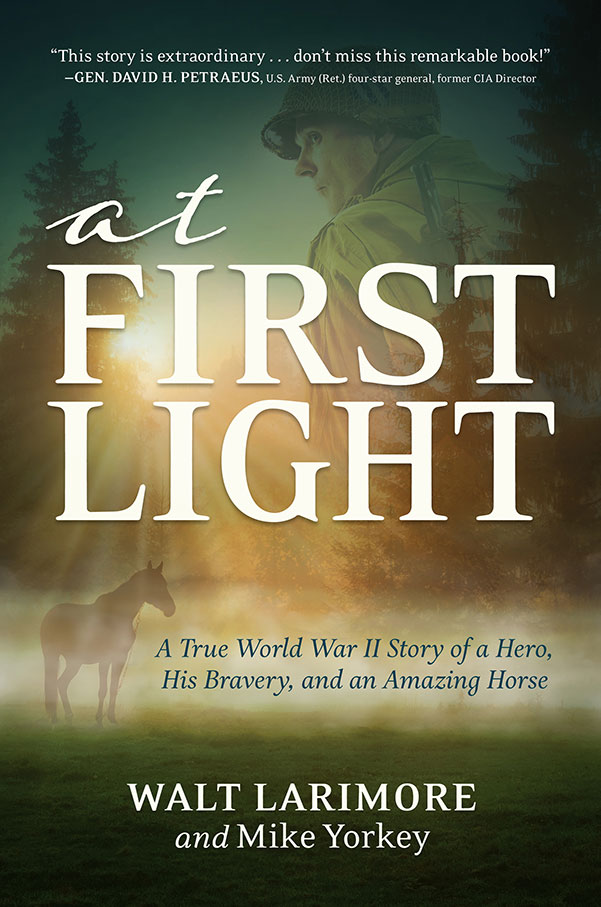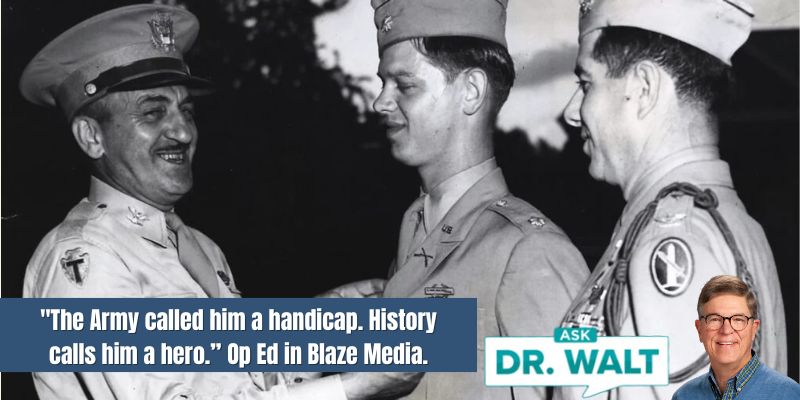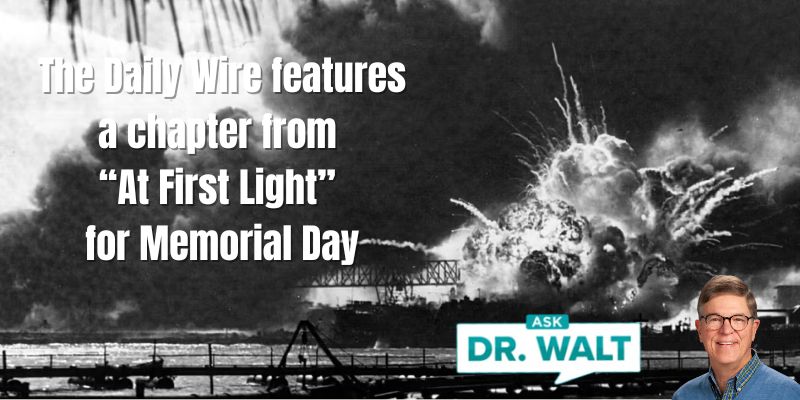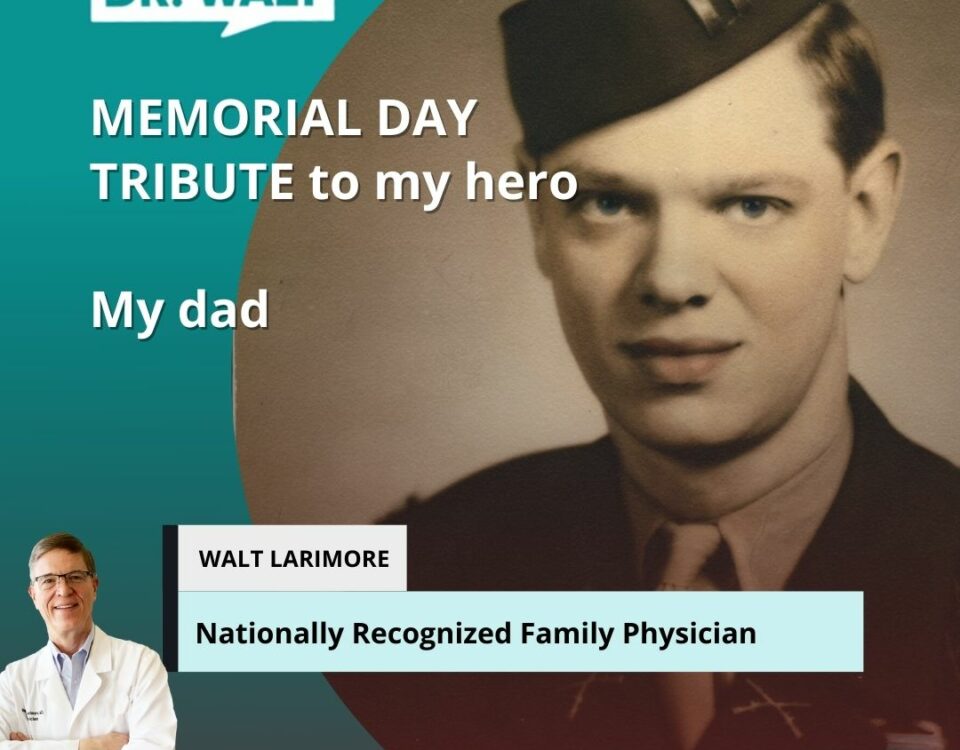
Monthly Family Update — September 2024
September 1, 2024
September 2-3, 1944 – Dad and his units ordered to let the French take Lyon
September 2, 2024“Relatively few soldiers actually experience the unglamorous, unenviable, unique life of a combat Infantrymen. I can’t credit the saying that it took nine men in rear areas to keep one man fighting. I’ll swear it took 900.” Warren P. Munsell, Jr., The Story of a Regiment[1]

With the Germans in full retreat, the 3rd Division, as part of the VI Corps, was given the objective to move northward as rapidly as possible and join up with General Patton’s Third Army, which was advancing toward Germany in a dash across northern France.
The Mediterranean stage of their operations drew to a close as the European phase opened significantly sooner than planned. As a result, from the last days of August to mid-September in 1944, the two opposing armies in southern France raced up the Rhône Valley like two Thoroughbreds, one on the tail of the other.
For the Allies, the drive up the Rhône Valley against scattered opposition became known as the “Champagne Campaign.”
On September 1, Phil and his platoon were attached to a platoon from Company L to attack the small village of Janneyrias, about 200 miles north of Marseille.
Strained Supply Lines
But the race up the Rhône was straining the supply routes from the storage depots just north of Marseille. Every supply vehicle in the Corps was fully engaged day and night, hauling gasoline, ammunition, and rations from the distant dumps[2] to the troops.
As a result, the rate of advance depended entirely upon the delivery of desperately needed supplies.
Not knowing the issues behind them, the frontline GIs fought on. Once in Janneyrias, the men were pinned down by suppressing German fire from houses up and down the street. As soon as the soldiers made a move to advance, the bullets would rain down again. Since artillery wasn’t set up to help them,
A New Strategy for Urban Fighting
Phil recalled an idea from his training. He called up two bazookas and broke his men into two house-fighting teams.
“Here’s the plan,” he told the men gathered around him. “We’re going to go through the town, staying inside the houses.”
Several of the men looked at him incredulously. “How we gonna do that, Lieutenant?” one asked.
“We’ll use the bazookas[3] to knock holes in the dividing walls as we go,” Phil instructed. “Toss a grenade or two through the hole before the Krauts have a moment to respond. Then we’ll clear that house and repeat it again and again.”
“And if we come to a street?” another soldier asked.
“If we have to cross the street to the next block, then we’ll throw out a couple of smoke grenades and cross under cover of that.”
He pointed to four men. “I want you guys to split up. Two of you work your way down the rear of the houses as we move forward. If any Krauts try to escape, let ’em have it.”
The GIs nodded.
Blood Dripping Through the Ceiling
“The most important thing in street fighting is to stay off the streets,” Phil asserted. “We’ll disperse, move fast, and continually move no matter what happens. Keep your head up, your eyes open, and your legs moving, and at all costs, stay apart.”
“Yes, sir!” the men answered in unison.
“Smoke grenades on my command. Then put a bazooka hole in that house right over there!” Phil commanded. “Ready? Go!”
Phil was pleasantly surprised by how well this tactic worked. The men advanced from house to house on both sides of the street. In most of the French homes, the stunned German soldiers immediately yelled “Kamerad”[4] and surrendered.
In one house, though, the GIs found a French family hiding behind their overturned kitchen table. The father pointed to the second floor and held up four fingers. The floorboard above them creaked. The Americans opened up with a BAR[5]i and a Tommy gun and heard several thuds. Looking up, the soldiers noticed spots of ceiling plaster turn pink and then red until drops of blood dripped onto the floor.
Excellent Work!
During the four-hour fight that afternoon, a total of 117 prisoners were taken. Toward the end of the battle, Colonel McGarr arrived and found the situation well in hand.
“Excellent work, Lieutenant.” The colonel shook Phil’s hand and patted his shoulder. “Yet again!” he quickly added.[6]
~~~~~
[1] Larimore, At First Light, 139.
[2] A military dump is where military supplies are stored.
[3] The bazooka was a World War II weapon simple enough for use by rifle squads, yet powerful enough to shoot high-explosive rounds into bunkers and pillboxes. General Dwight Eisenhower ranked the humble bazooka—along with the atom bomb, the Jeep, and the C-47 transport aircraft—as one of the four “Tools of Victory” that allowed the Allies to prevail over Nazi Germany and Imperial Japan.
[4] German prisoners-of-war surrendering at the American beach sector; the cry of “Kamerad!” (Comrade) was the word they used to indicate that they were giving themselves up and not to shoot!
[5] A BAR, or Browning Automatic Rifle, was capable of semi-automatic or fully automatic operation at a rate of more than 600 rounds per minute. This light machine gun, weighing nearly twenty pounds, was heavy to carry around.
[3] Larimore, At First Light, 139-141.
In case you haven’t read or listened to Dad’s book, you can learn more or order it here.
© Copyright WLL, INC. 2024.




